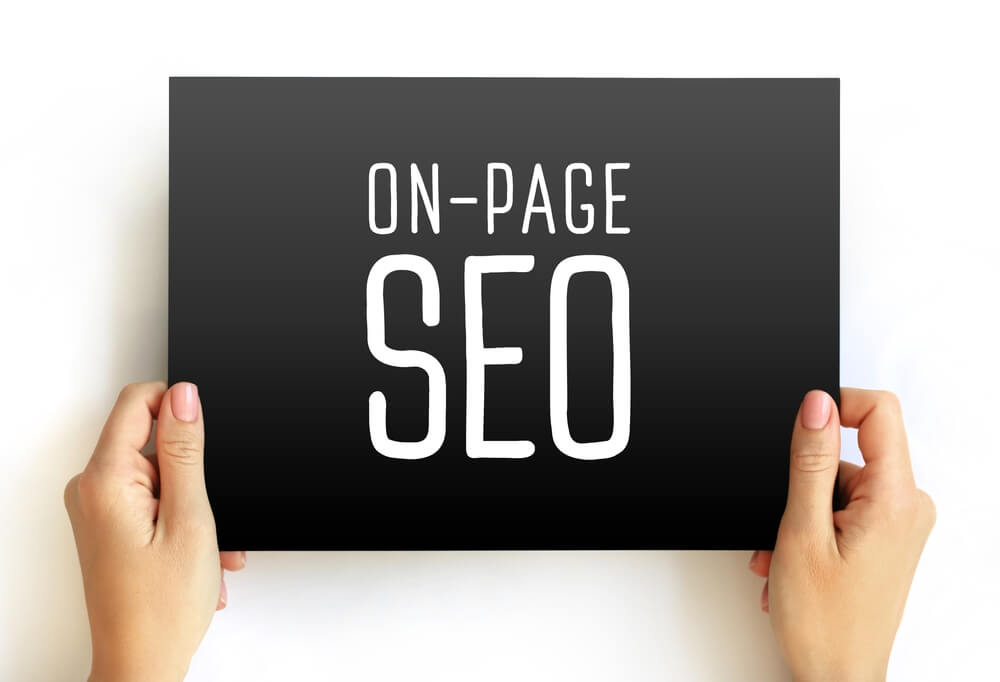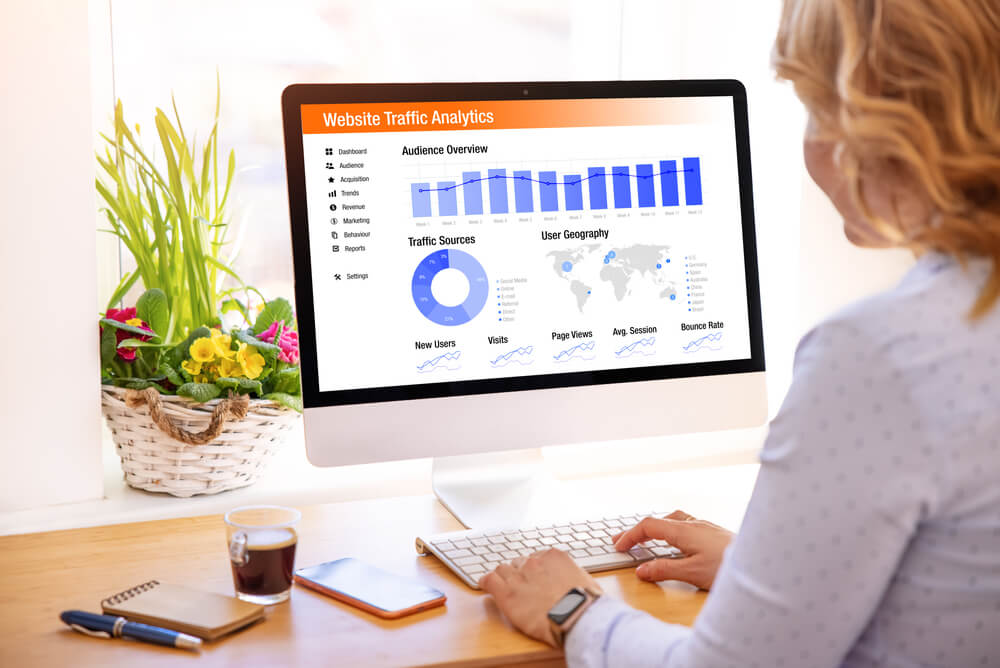
We Get Into the Details of On-page Medical SEO
What are your website goals? Do you want to attract more clients? Do you wish to disseminate information? Do you want to expand your local medical practice? Applying medical SEO to your website can help you take charge and reach your website goals in no time.
SEO helps create useful, updated, and high-value websites that would rank high on the search engine results page (SERP). With this, your target clients can easily find you online.
Read on and get into the details of on-page medical SEO so you can leverage it to rank your site higher in the SERP.
Watch this video to learn more about the Digital Authority Partners approach to Medical SEO!
What Is On-Page SEO?

On-page SEO means optimizing your site elements to boost your website rankings on SERPs. These elements include title tags, internal links, URLs, HTML codes, images, content, and user experience or UX.
While on-page SEO relates to elements within your website, off-page SEO refers to outside factors that affect your ranking. Examples of off-page elements are linking domains, link page sources (and the ranks and relevance of these links), homepage links, link diversity, and anchor links. Social media mentions and backlinking activities are part of off-page SEO.
Benefits of On-Page SEO
All on-site elements contribute to the overall user experience. Learning, applying, and maintaining good on-page SEO techniques helps you provide a positive user experience. Since search engines favor sites with a positive user experience, your optimized medical site has a better chance of getting higher traffic.
Organized on-page elements also help Google understand what your site is all about and rank it better as well. Google recommends sites with relevant information with the exact keywords or key phrases complementing user search queries.
But don’t stuff keywords in your content. Quality always trumps quantity, and Google looks for quality when ranking pages.
Optimizing With On-Page SEO

The different on-page SEO factors are those that you can control, unlike off-site factors, which are beyond your control.
Start your optimization using an on-page SEO checker tool to analyze your website’s content and performance. Once you’ve started your SEO strategies, use Google Analytics to learn your site’s visitor trends and engagement patterns. The results of both tools could help you plan your on-page SEO strategies.
1. Observe Correct Target Keyword Placement
Proper keyword placement benefits your readers and enhances search engine indexing. Placing keywords correctly throughout your content improves clarity and helps your users find what they seek. The following must be considered when using your keywords in your content.
- Place your primary keyword on your title and first paragraph
- Use related keywords throughout your content
- Summarize your content by placing your main keyword in your conclusion or final words.
- Use your keywords in at least two of your subheadings
2. Follow H Tags
Using heading tags or H tags like H1 and H2 tags in your website indicates content hierarchy. This helps you create straightforward and clearly outlined content. As such, your users, not to mention search engines, can read and understand your content better.
Note that your page title must be placed at H1 while your subheadings on H2. Following sub-content may use H3 and H4 tags, improving search engine indexing and user experience. A well-structured content makes updating and revising your page easier and more efficient.
3. Consider Internal Links and External Links
Using the best practices in external linking plus internal linking helps in your page indexing and ranking. Internal links particularly make it easy for search engines to crawl through your site and index different pages.
Meanwhile, linking to high-authority pages helps you create reliable or credible content. Your users will likely rely on you for more of these types of content and will also recommend your site as a reference.
4. Improve Your Web Page URLs
Your web page URL can add value to your on-site SEO. Add the main keywords to your URL to give users an idea about what your page contains. URLs with many numbers, letters, and symbols would make no sense for users. But adding keywords like "natural migraine relief" or "signs of dementia" can lead readers to your pages.
Enhancing your web page URLs improves click-through rates as people already have an idea of what they will find when they visit your website. High CTR can boost your organic search rankings, conversion rates, and ad impressions.
Keep your URLs clear and concise. You can drop stop words like articles (a, an, and the) and prepositions (e.g., with) and be verbs (e.g., is) to create a cleaner URL for your users to remember.
5. Focus on Unique, High-Value, Optimized Web Content
Search engines aim to provide the best quality content for users. Thus, they prefer to rank sites with quality content that boosts UX. If your visitors come back for your content, subscribe to your newsletters, or share your content, you're increasing your site's value and your business' value as well.
So how do you create the best content? Try the following strategies:
- Research your topic thoroughly. Refer to medical research sites, product reviews, statistics, etc.
- Use high-quality images. Text content paired with a suitable and relatable image helps readers retain 65% of the content for three days!
- Create unique content that stands out. Do not plagiarize, as it can harm your site's reputation.
- Leverage user feedback in creating great content. Use surveys, tests, games, and other input strategies to get their opinion.
- Use medical site tools like calculators, tests, charts, and score sheets to promote wellness and health.
- Always be available to answer questions posed through your site. Make sure your phone number, chat service, email, or office or clinic address are visible on your website.
- Define your data collection policies. Always seek permission when collecting sensitive patient or client information.
Final Words
Inserting keywords into your content is not enough for your page to rank in the SERPs. On-page SEO entails working on various elements of your site, from URL to images, to text. Implement the strategies listed above to improve your on-page SEO. Combine that with off-page SEO, and you'll have a better chance of ranking at the top of the SERPs in no time.
Want To Meet Our Expert Team?
Book a meeting directly here




